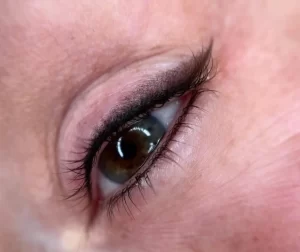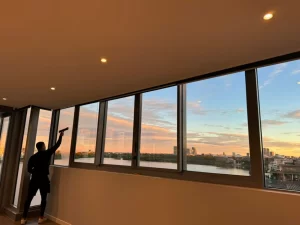Understanding Shading in Art
Shading is a crucial element in art that adds depth, form, and realism to any drawing or painting. It refers to the technique of using varying tones and values to create a sense of light and shadow in an artwork.
Choose the Right Art Supplies
Using the right art supplies is essential to achieve realistic shading in your artwork. Soft graphite pencils or charcoal pencils are great for creating smooth gradients and darker shades, while pencils with harder leads are perfect for lighter areas. Additionally, having a range of blending tools like blending stumps or tortillions can help you achieve seamless transitions between light and dark values.
Study Light and Shadow
Observing how light interacts with different objects and surfaces in real life is essential for creating realistic shading. Pay attention to how light sources cast shadows and create highlights. Try studying different light conditions, such as direct sunlight, diffused light, or artificial lighting, to understand their effects on shading.
Master the Technique of Value Scale
A value scale is a representation of various shades of gray, from pure white to absolute black, with different increments of gray in between. Mastering the technique of creating a value scale will help you understand how to translate light and shadow into your drawings. Practice creating smooth transitions between different values to achieve realistic shading.
Use Cross-Hatching and Stippling
Cross-hatching and stippling are two popular shading techniques that can add depth and texture to your drawings. Cross-hatching involves creating a series of intersecting lines, while stippling involves creating small dots or strokes. Experiment with these techniques to achieve different shading effects and textures in your artwork.
Observe and Analyze Artwork
Studying the work of other artists can provide valuable insights into realistic shading techniques. Analyze how artists use shading to create volume and dimension in their drawings. Pay attention to their brush or pencil strokes, the direction of light, and the distribution of values in their artwork. Try incorporating some of their techniques into your own work.
Practice Regularly
Like any skill, realistic shading requires practice and patience. Make it a habit to practice shading exercises regularly. Start with simple objects and gradually move on to more complex subjects. By practicing consistently, you will develop your skills and achieve a better understanding of how to create realistic shading.
In conclusion, getting realistic shading in your artwork requires a combination of understanding shading techniques, using the right art supplies, studying light and shadow, mastering value scales, experimenting with different techniques, analyzing artwork, and practicing regularly. With time and dedication, you can improve your shading skills and create stunning, lifelike artworks.


